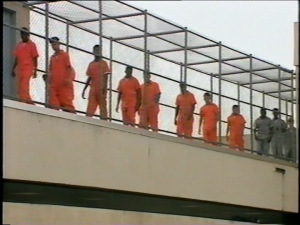
This twelve minute feature was part of an ambitious special – What Can We Do About Violence? with Bill Moyers. Several producers contributed feature stories for the special dealing with a broad range of issues surrounding violence in our society and era. Criminal Justice for Juveniles – was inspired by the way juvenile justice was being handled in Dade County Florida in the midst of the crack epidemic when the increase in serious crimes by youthful offenders — armed robbery, car-jackings, homicides and attempted homicides – was leading to more and more children being sent to adult prisons. It raises the question: when children commit any crime, what should the punishment be? And what are the consequences for children when they are treated as adults in the criminal justice system?
The report begins with a 14 yr old boy receiving a ’20 to life’ imprisonment sentence in adult court for armed robbery and attempted homicide. No one died as a result of his actions. The child appears emotionally disturbed. In Florida’s Dade County more kids are being removed from the Juvenile Justice system and sent to adult courts and prisons than in any other county in the country.
“People are frustrated and angry with young people committing violent crimes. We’ve got to do something about it,” argues one judge.
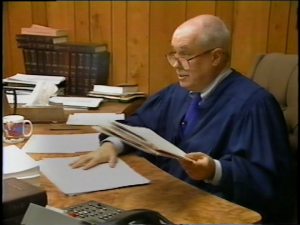
Leon Botkin, who works in the Juvenile court system, explains that since the crack explosion in the 1980’s some 600 kids in Dade County have ended up in adult court. The public has clamored for more serious punishment and thinks that kids only get a a “slap on the wrist” in the Juvenile system. But one public defender argues that kids cannot be held as morally accountable as adults for all of their actions. And the system needs to provide treatment for emotionally troubled kids and offer more educational alternatives.
Judge Peterson of Juvenile Court system says “there are kids who commit serious crimes who should be locked up, but 95% of the kids in his courtroom are not doing those crimes but they are living in poverty, from dysfunctional families and neighborhoods. They are failing in school. And the highschool drop-out rate for a kid who has come into my courtroom several times, is 92%.” The problem, he insists, “is what happens after the courtroom. While there needs to be a meaningful consequence for crime, we also need re-training and resources for improved education. “
One of the problems in Dade County is where to send Juvenile offenders. Half-way houses are not locked and most kids run away from them. The detention center at the Juvenile Court can only house a kid for three weeks. After that they go to the adult prison — to a cramped juvenile floor. We see the conditions at that jail. Bunk beds stacked everywhere, young men in cramped spaces.
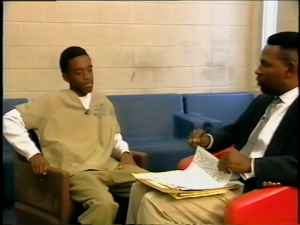
Neil Shiver, a public defender, says “What we’re seeing here are crack babies. Kids who’ve seen their parents taking drugs.” In many cases parents are lost to drugs and the grandparents cannot compete with the lure of the streets. “And we cannot mandate that parents take care of their children,” says Shiver. We watch as Shiver tries to talk sense to a 12 year old boy who has repeatedly committed crimes and violated the curfew set for his probation.
We also witness the plea-bargaining in juvenile court. Some 98% of cases are resolved by plea-bargaining. And while this is faster and cheaper than going to court, it means that either innocent kids are admitting to crimes they didn’t commit or guilty kids are getting off lightly.
What should punishment be? Does a fourteen year old have the same sense of moral accountability as an adult?
Judge Peterson: “We’re losing these kids rather than re-educating them. This will have a tremendous impact on unemployment, welfare and the general quality of life in our cities. You’re seeing in the juvenile justice system a breakdown of the quality of life in urban America beyond 2000.”
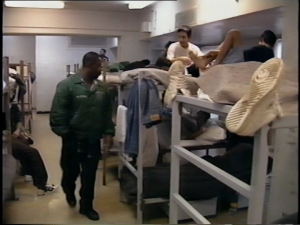
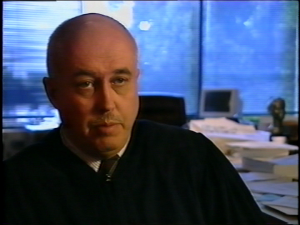
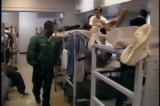
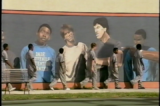
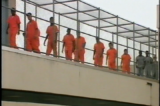
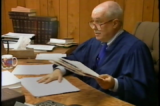
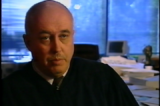
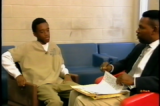
I will love to meet mr.thomas Peterson I heard a lot of good things about him
Judge Peterson was an answer to my prayers.
Mr peterson has helped me and others a lot when he opened the very first store in the Larchmont projects.he tried to help make a difference. I will always be grateful to him
Just found this site and the great 2020 comments…. brings back wonderful memories !! In 1999 I left the juvenile bench but continued to run the TROY Community Academy school and the Teen Cuisine program at the Juvenile Justice Center that I had started while a judge there until 2010. Meanwhile I sat as a Senior Judge in the criminal courts until three years ago when I retired. I also taught at University of Miami. Thanks again for the video and the article… and the comments.